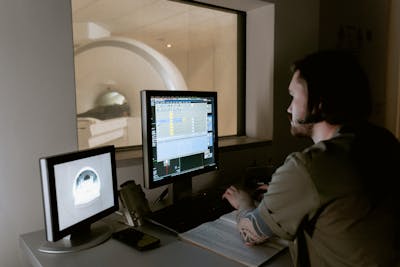If you have ever worn shoes that are much too tight or are oddly shaped, then you would feel as if your foot is conforming to the shape of the shoe until the moment you take them off. However, if you continue to wear these types of shoes for an extended period of time, they will eventually squeeze your ligaments and tissues until they are permanently damaged.
The most common result of this is a bunion, which is an overgrowth of bone that occurs around the joint of the big toe due to a lateral deviation. When there is constant pressure pushing against the big toe, it will begin to migrate outwards and there will be an enlargement of the base joint. Here, the area becomes red, inflamed, and tender and then develops a small fluid-filled sac.
Other common causes for bunions include genetics, abnormal foot formation at birth, or an injury. In fact, this condition is more common in ballet dancers and women who constantly wear high heels. A bunion surgeon can safely treat the foot condition no matter how subtle or severe it is.
During the initial consultation, the doctor will examine the foot’s skeletal structure through radiographs to determine the target area to operate on, as well as search for any underlying issues, such as gout or arthritis that will worsen the bunion.
If the bunion happens to be minor, then patients can slowly but progressively heal their condition just by resting the foot, decreasing their excessive walking, or choosing more comfortable shoes to wear. They will also be given some oral anti-inflammation medications to alleviate pain and inflammation.
However, if a patient has had a bunion for so long that the overgrowth has hardened, bunion removal would be a better option to permanently remove the painful bump. A bunionectomy will surgically remove the excess bone and then realign the first metatarsal bone and the connective cartilage.
He may also reposition the sesamoid bone beneath the first metatarsal bone if other toes happened to be crooked too. If the big toe’s bone development has become so extreme that realignment is not enough, the bunion surgeon may need to manually shorten or raise the joint.
After the procedure, patients are highly advised to rest in bed for a few days, for any form of pressure made on the delicate foot could reverse all the corrections. There may also be a requirement to use crutches for anywhere from six to eight weeks.



